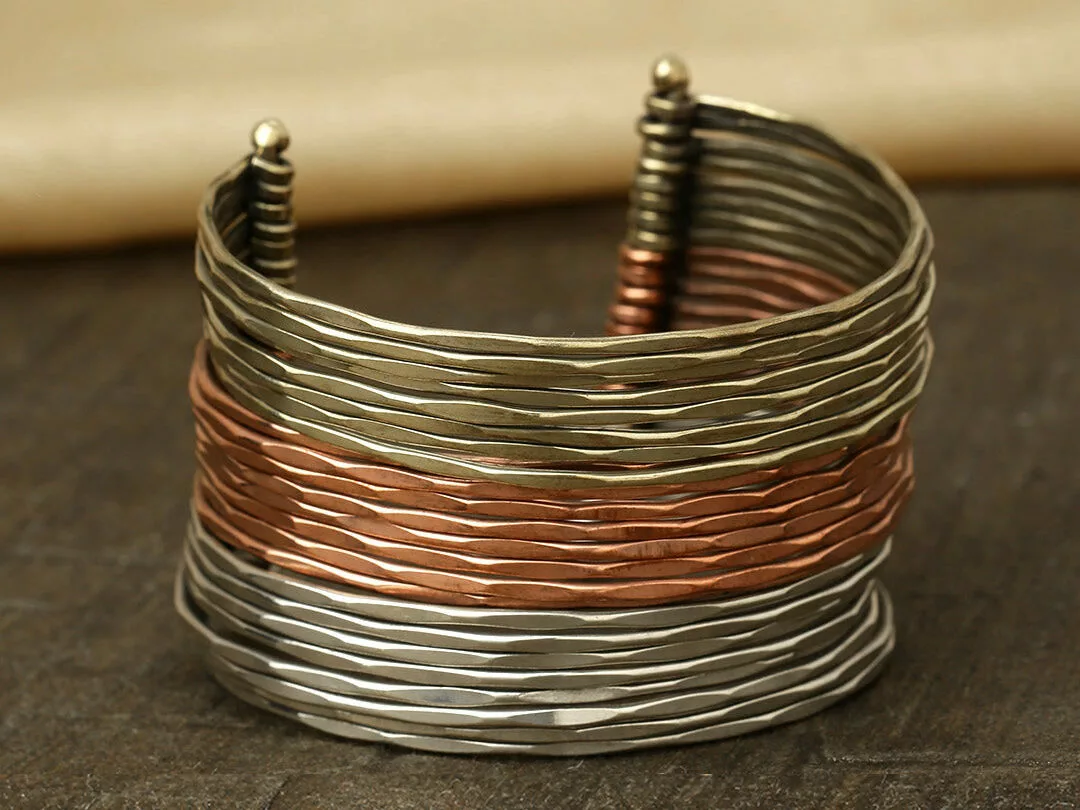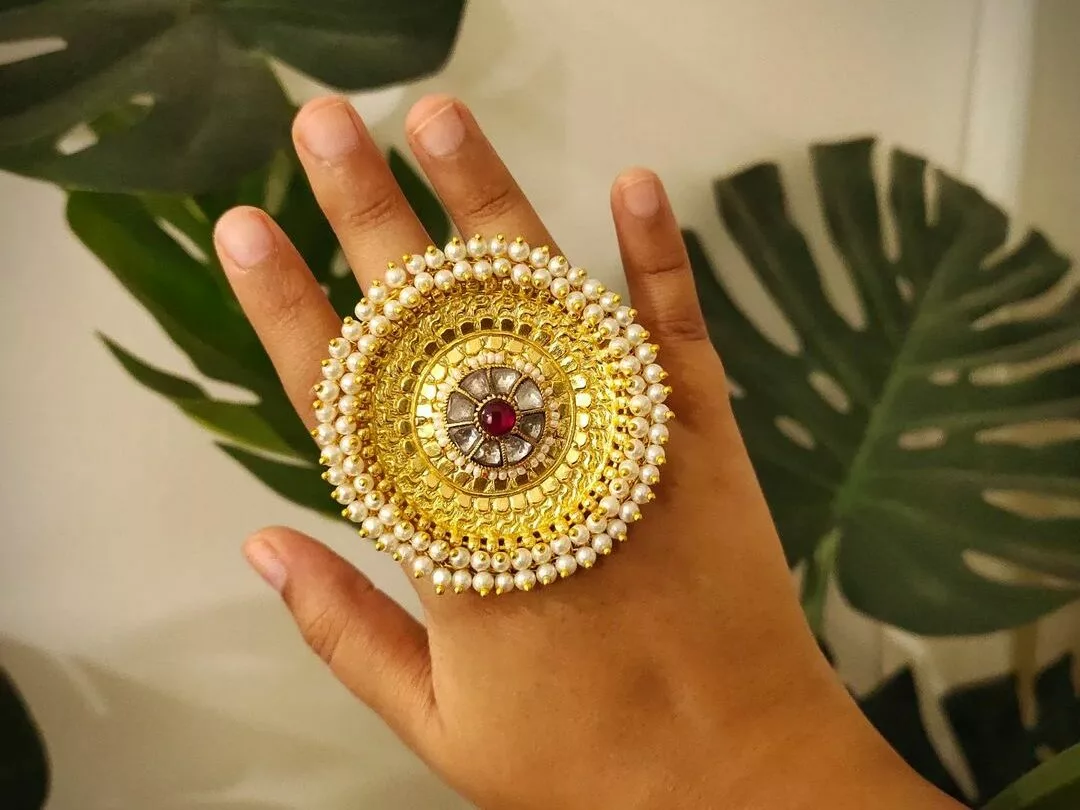Step into the dazzling world of jewellery where choices can be overwhelming, but so can the fakes. Navigating through the sparkle requires more than just an eye for aesthetics; it demands a keen awareness of authenticity.
In a market teeming with options, the prevalence of fake jewellery is a challenge that has persisted through time. Silver might pretend to be white gold, phoney hallmarks can find their way onto pieces, and fake gems often replace the real ones.
So, when you’re shopping for a ring, bracelet, necklace, or any other jewellery, it’s essential to be on the lookout.
Don’t worry – we’re here to make your jewellery shopping smoother. In this guide, we’ll break down the art of spotting fake jewellery for you to make authentic choices.
Ready to uncover the secrets and shop smarter? Let’s dive in!
1. Beware of Unrealistic Prices

While everyone loves a good deal, prices that seem too good to be true often prove to be fake jewellery. Genuine materials like gold, silver, and precious stones come at a cost, and a significantly low price may be a red flag.
2. Hallmarks Matter
Genuine jewellery carries hallmarks or stamps. If your jewellery lacks one, it’s a cause for concern. Familiarize yourself with these hallmarks and their meanings that specify the type and purity of the metal, such as the .925 stamp for real silver, 9 Carat Gold, 950 Platinum, etc., to confidently identify fake jewellery.
3. Magnetic Attraction

A quick test with a magnet can reveal a lot. Genuine gold, silver, and precious metals aren’t magnetic. If the jewellery sticks to the magnet, it’s likely made from an iron-containing alloy, indicating that it’s fake jewellery.
4. Watch Out for Knock-Off Brands
Reputable brands always display their name or logo on their pieces. You can research the logos of the brands you’re interested in, and be cautious of inconsistent sizing or fonts, as these may indicate a fake.
5. Colouring Discrepancies

Observe the colour closely. Genuine metals leave faint traces of their natural colour on surfaces like unglazed ceramic. But fake jewellery, specifically gold may leave a grey or black mark. Additionally, be cautious of flexible silver or platinum pieces, as they might be fake.
6. Assess the Seller’s Knowledge
Knowledgeable sellers are very important. Ask questions about the jewellery, and if the seller struggles to provide basic information, consider seeking a more informed retailer.
7. Return Policy Check

Prioritize items with a reasonable return policy or warranty, offering at least 14 days for inspection by a third party for insurance purposes. There should be proper rules and guidelines for the return of jewellery, make sure to know about them.
8. Demand a Certificate of Authenticity
Authentic jewellery comes with certification, especially for pieces with diamonds or precious stones. Request a certificate from reputable institutions like GIA, IGI, or EGL, and ensure your jewellery is of high quality.
9. Quality Evaluation

Authentic bracelets and necklaces boast seamless, soldered links instead of pinched ones. Quality diamonds, when genuine, exhibit resilience against scratches and chips. Examine the overall stone quality and craftsmanship meticulously to identify unmistakable signs of authenticity.
10. Trust Your Instincts
Common sense is your best tool. If a deal feels too good or someone pressures you, take a step back. Must research thoroughly, compare prices, and ensure you’re making an informed decision.
Conclusion
Arming yourself with knowledge is the key to making confident and authentic jewellery purchases. Whether you’re checking hallmarks, scrutinizing sources, or evaluating the quality of materials, being aware of the signs of fake jewellery empowers you as a consumer.
Remember to trust your instincts, especially when faced with too-good-to-be-true prices or pressured decisions. These tips can help you shop with assurance, ensuring that each piece in your collection sparkles with genuine beauty. Happy and informed jewellery shopping!
Frequently Asked Questions
Where can I check if the jewellery is real?
We recommend taking the piece to a jeweller to be tested. They will have professional tests that will determine whether your jewellery is real as well as the purity of the metal itself.
What is the easiest way to test gold?
All you need is a cup (or bowl) of water and your gold item. Place your gold piece into the water. If it’s genuine gold, then it will immediately sink to the bottom of the cup. Pure gold is heavy due to its high density.
Is all fake jewellery magnetic?
If it’s not attracted to a magnet then there is no iron – but it still might not be gold. Scammers have been known to coat lead, copper, and aluminium. All aren’t attracted to magnets.

